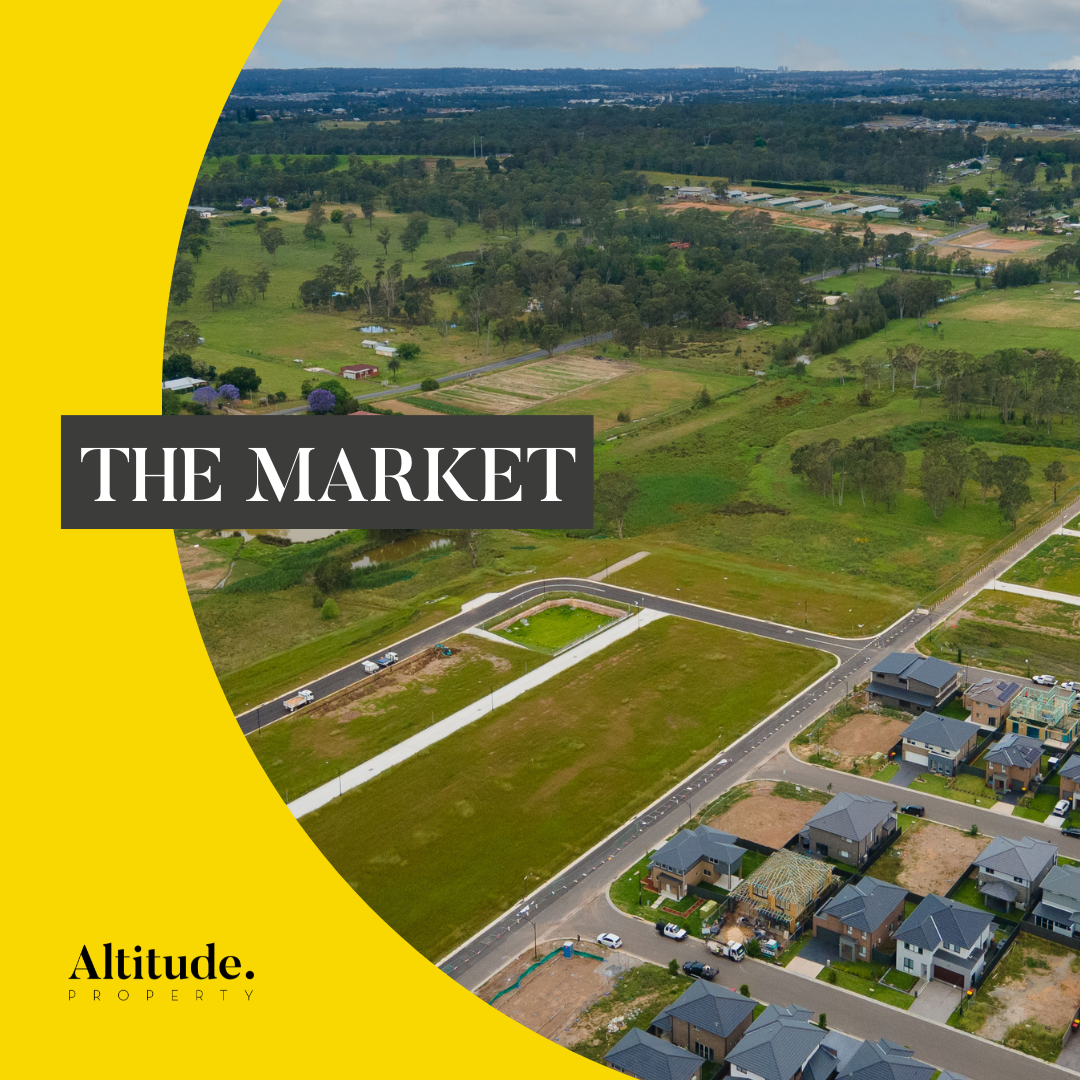While the property market has surged in the aftermath of the COVID-19 pandemic, housing affordability is set to get more complex with rising construction costs.
The latest Arcadis’ International Construction Costs Report lists Sydney as the 29th most expensive city when it comes to construction costs, up from 30th last year. The report predicts a sharp rise in late 2021 with a range of new major and minor projects set to commence construction.
Arcadis’ Australian Construction Market View also predicts a rise of 2.5% per year until 2025. While a sharp rise in construction activity is driven by the Federal Government’s HomeBuilder, the trend is set to continue after the scheme ends.
The ICC report lists a key driver of costs globally is largely by Government driven and private industry push toward net-zero targets, creating more stringent requirements for design and construction.
Data from previous periods are backing up this upward trend. The CoreLogic Cordell Housing Index Price (CHIP) found that the rate of change in costs within the residential market ended 2020 at 3.6%.
What does this mean for House Prices?
Construction and new home activity is very often the cornerstone of the Sydney, and Australian property market. New housing approvals is often a driver for slowing the rate of property price growth due to the drivers of supply and demand, but as the new supply increases in prices, the overall price of property tends to increase.
The effects of this flows onto the existing residential market as well, affected by the drivers behind replacement costs, and cost to move, which in many cases are new developments and new housing estates.
This is all despite the COVID-19 pandemic going on in the background, although yet again Capital City property prices have fared well over the overall period, continuing the trend of Australian prices faring well during period of global economic slowdown.
Prices during 2020 showed signs of a correction during the initial lockdown period, however low stock on market and listing withdrawals, along with availability of money, higher borrowing capacity and low mortgage rates continued to keep the market moving.
What does this mean for me as a buyer?
Ultimately, the adage that prevails in the Australian property market is that the best time to buy was yesterday. This remains true today. With property prices always rising, if your goal and intention is to buy property, the best time to buy is now.
Another factor driving this, and affecting particularly new regions of Sydney’s growth areas, is the lower stock availability, combining with the forces of construction price increases, leading to surges in costs of raw land and new homes. ABS statistics show an increase in overall dwelling approvals across Australia, however this is driven by major infill unit projects, and delayed approvals for residential homes in growth areas in completed land subdivisions.
What the ABS statistics hasn’t taken into account is the lower rate of approval in growth areas compared to similar regions in 2016-18. With less land coming to market, and the same levels (relatively) of demand, this has driven the prices of new homes up.
Summary
Nobody has a crystal ball. Opinions are rift amongst economists. You can pick any year in history, and you’ll find groups of economists with vastly varying views and outlooks. There is no ultimate predictor for the market, but history does tell us a compelling story. The Australian property market has proved itself resilient, which is good for those looking for a nest egg, but as prices continue to rise, the answer to the age old question of when to buy, is always yesterday.

